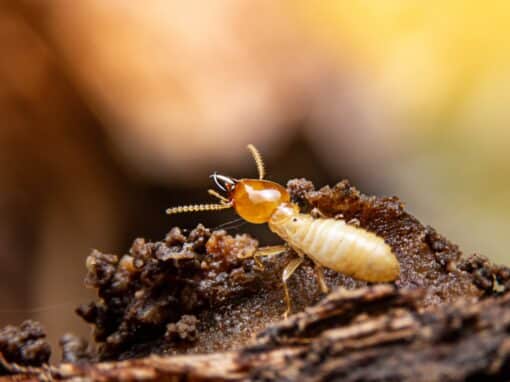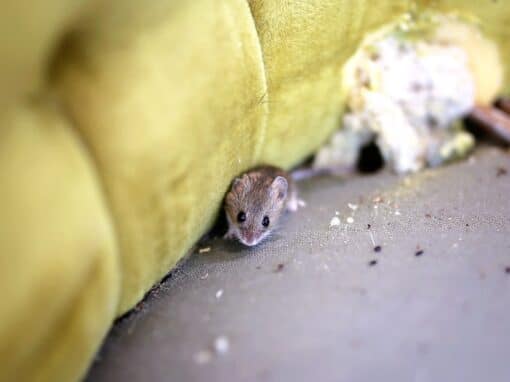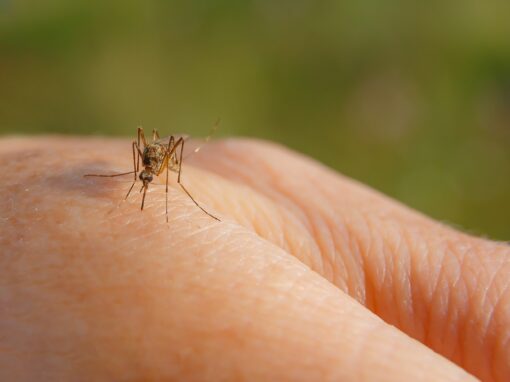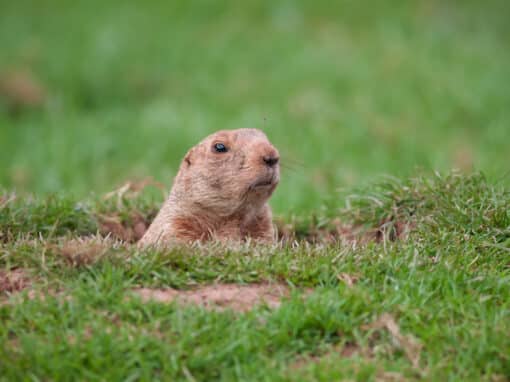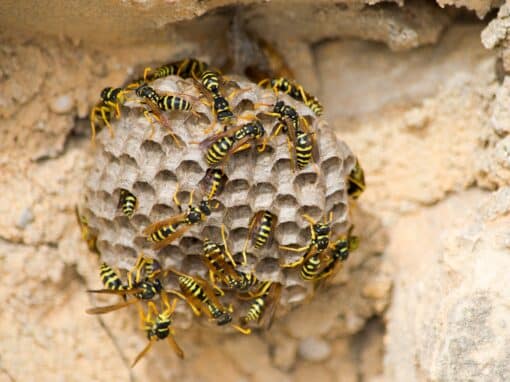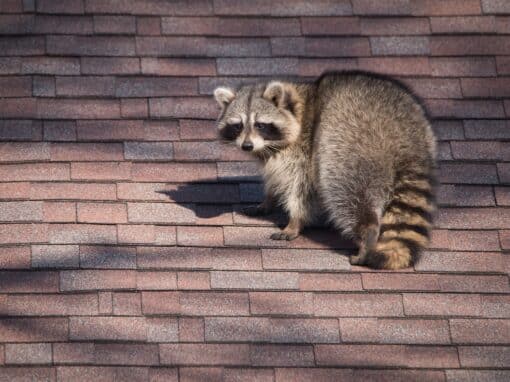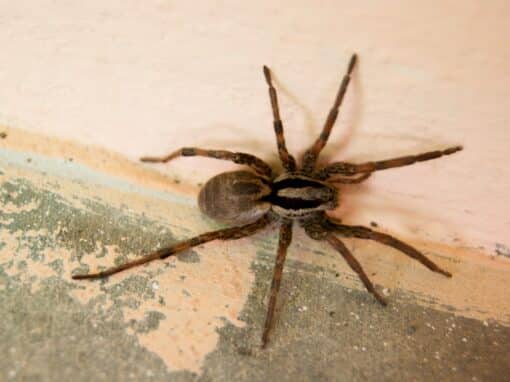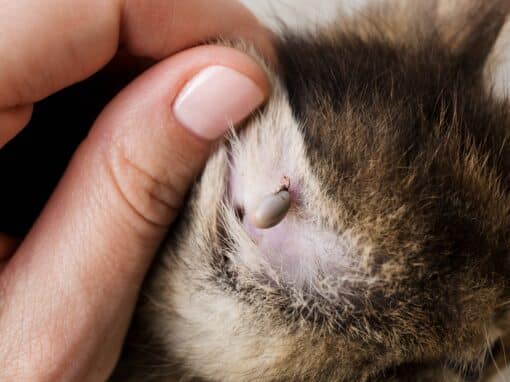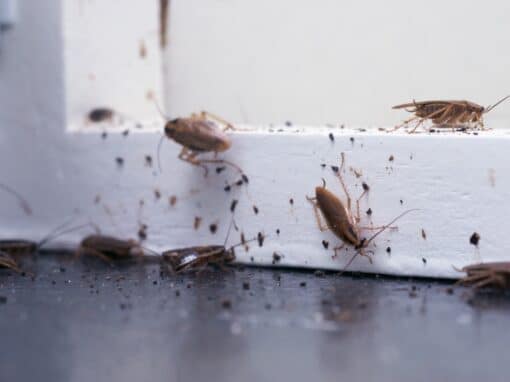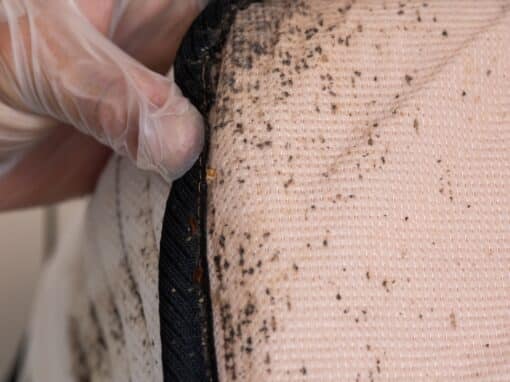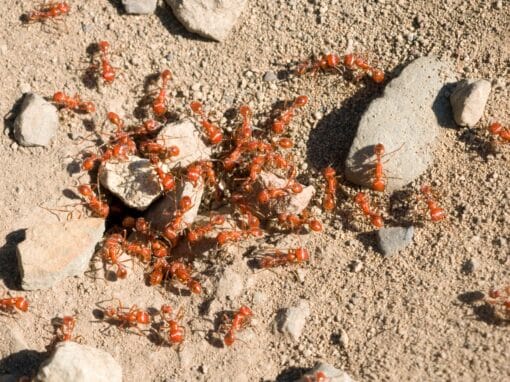Bees & Wasps
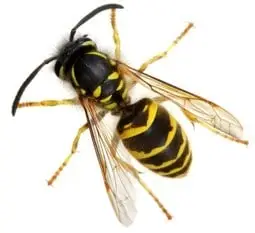
Bees, wasps, and hornets develop colonies where there may be a few dozen to thousands of individuals with a queen, workers, and an elaborate social structure. These are the social insects. While most stinging pests are non-aggressive, all will sting if handled. The social bees, wasps, and hornets are a greater stinging threat than the solitary pests because they will attack in large numbers if they perceive their nest is in danger. Those that make a paper nest construct them of plant fiber and salivary secretions. In the fall, when temperatures decline and food becomes scarce, the female wasps and hornets frequently enter homes for hibernation.
Bees, wasps, and hornets are important pollinators and prey on other insects, which is why they’re sometimes beneficial. However, anyone who has ever been stung by one of these creatures will usually think otherwise. After being stung, it is important to immediately remove the stinger and venom sac with a fingernail, edge of a credit card or tweezers, if they are present at the sting site.
Venom release will stop with immediate removal. Avoid squeezing the venom sac. Wash the site with soap and water and apply cold compresses to relieve pain and swelling. For more pronounced reactions, apply hydrocortisone cream or calamine lotion to reduce itching and swelling. If itching and swelling are bothersome, take an oral antihistamine like diphenhydramine (Benadryl) or chlorpheniramine (Chlor-Trimeton). For severe reactions, seek immediate medical attention. Consult your physician before applying or taking any medications.
Home remedies include applying wet salt to the site within five minutes of being stung. Leave the salt in place for 30 minutes. The salt will “draw” the venom from the wound. Similar results have been obtained with moistened tobacco, wet baking soda, or wet aspirin.
Active Pest Infestation Services
Do you have an active pest, rodent, or other wildlife situation that needs immediate attention? Give us a call or contact us, and we can give you a specialized quote tailored to your exact needs.
Get a quote from us M-F, 8am to 5pm
WHAT ARE IPM (INTEGRATED PEST MANAGEMENT) STEPS FOR STINGING PEST CONTROL?
1. CONTROL
2. PREVENTION
3. MONITOR AND IDENTIFY
4. ACTION BOUNDARY
A Simple Guide To Bees & Wasps
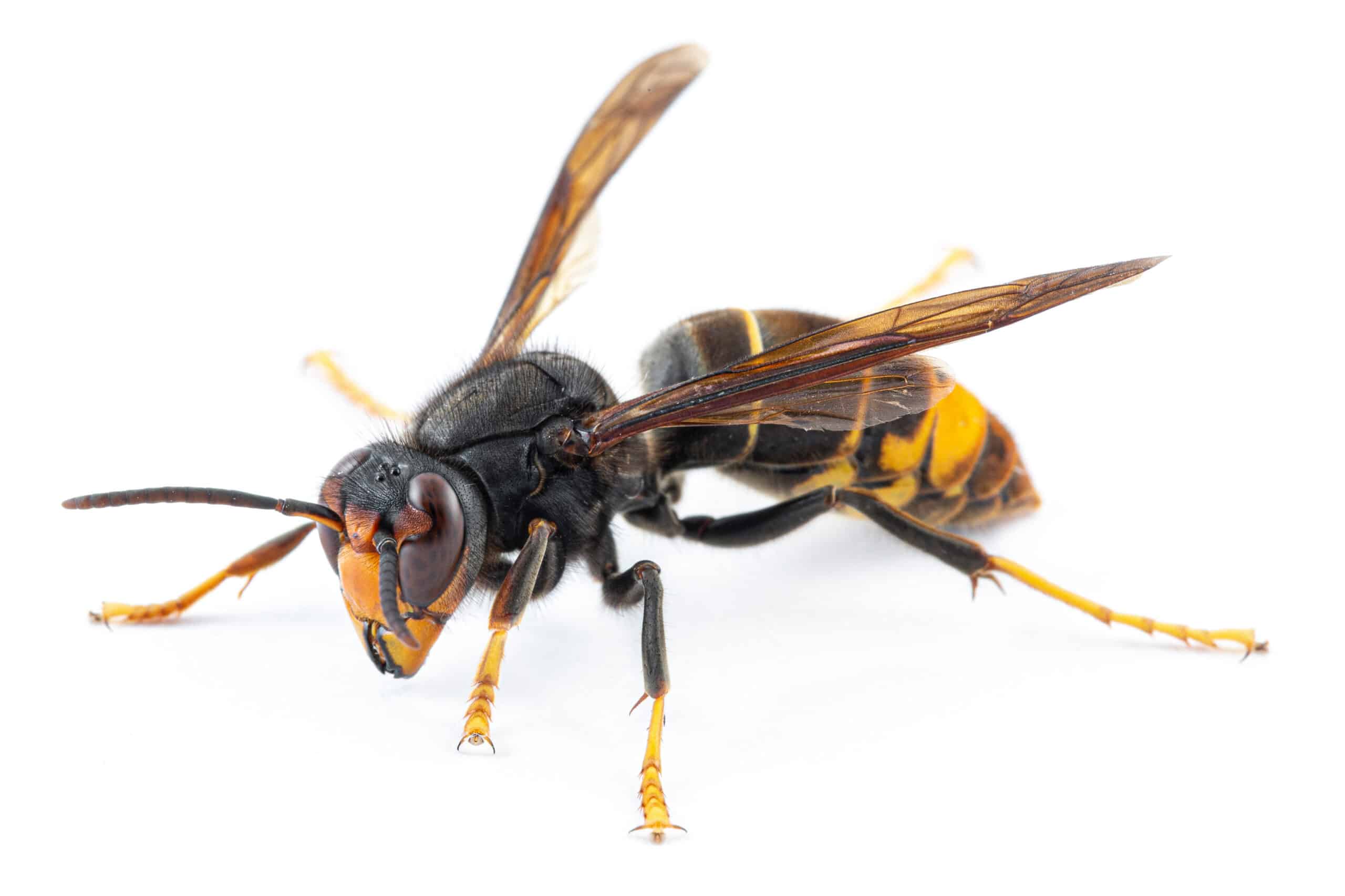
HORNETS
Each hornet can sting a couple of times. Hornets live in an organized society composed of a queen and workers. Hornets will build nests on branches, inside trees, attics, barns, or under the roofs of your home.
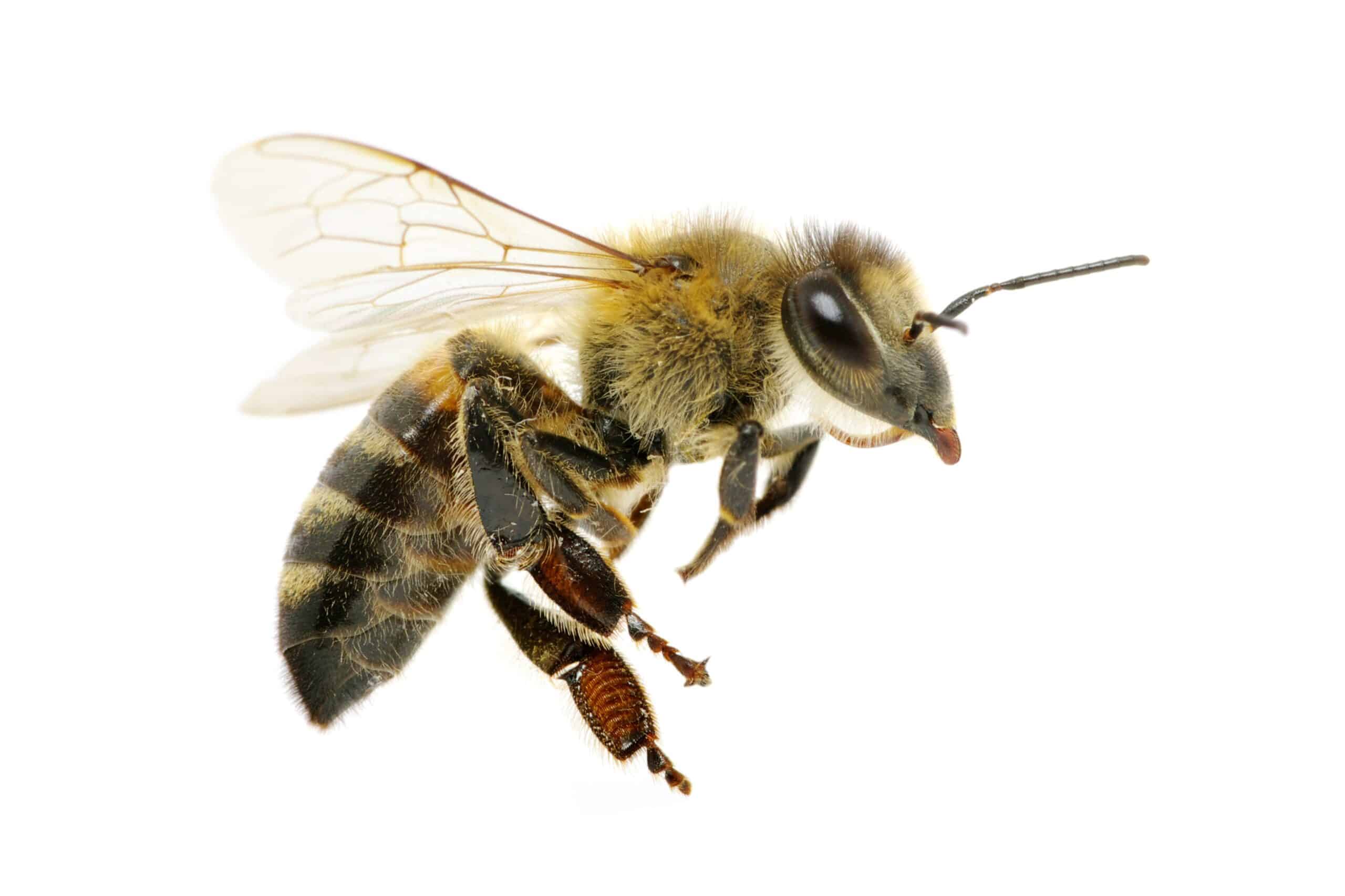
HONEYBEES
Fact, there are more honeybees than other types of bees and pollinating insects, so it is the world’s most important pollinator of food crops. Did you know we rely on pollination mainly by bees?
Honeybees can live in trees, cracks in your house, and EVEN the walls of your home!

BUMBLE BEES
Most bumble bees will nest underground in holes made by larger animals. The above-ground nest is often found in abandoned bird nests, cavities such as hollow logs, or spaces beneath rocks.
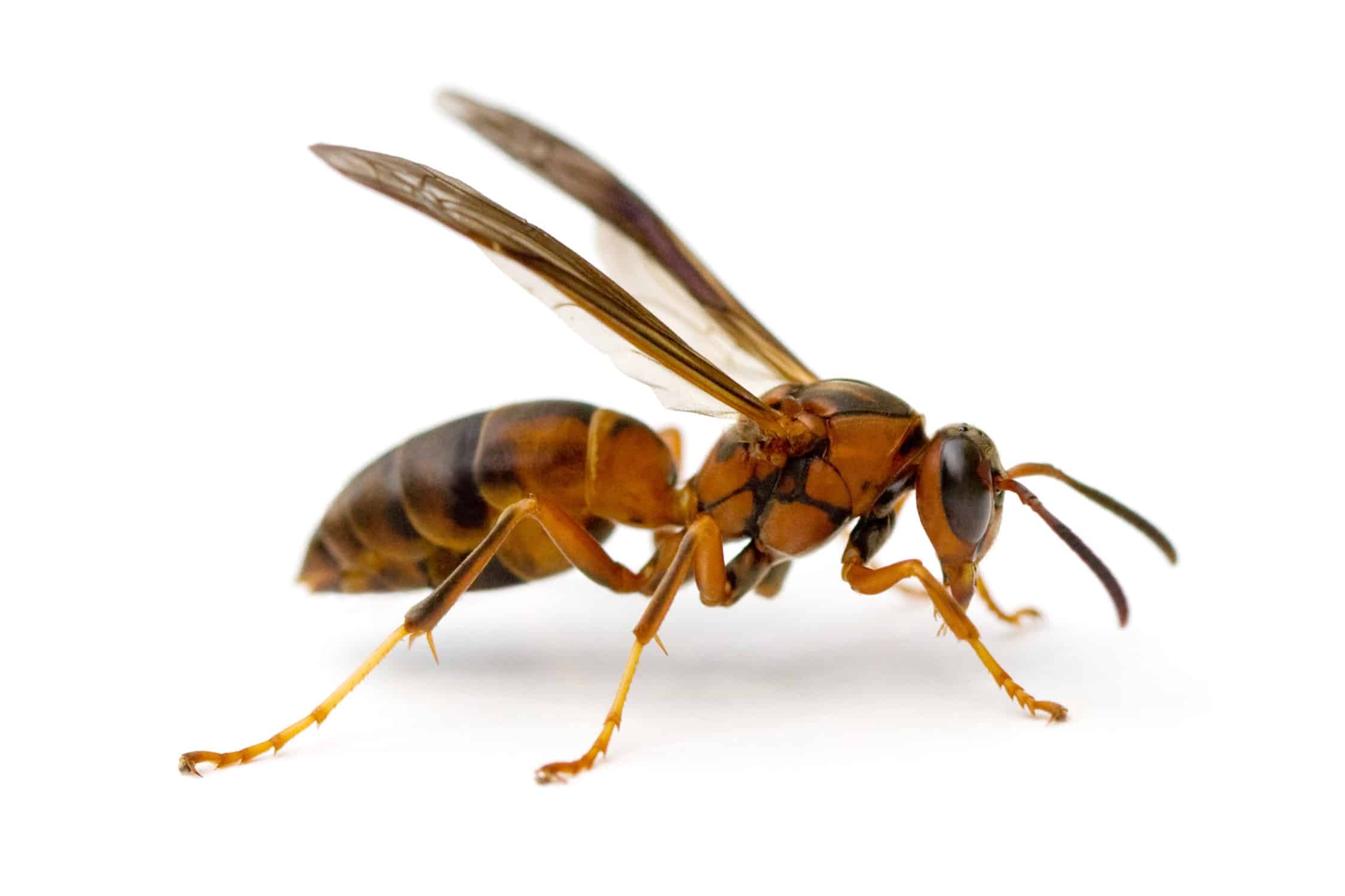
PAPER WASPS
Unlike Yellowjackets and Hornets, which can be very aggressive, paper wasps will only attack if they themselves or their nest are threatened by someone or something. Since their territoriality can lead to attacks on people, and because their stings are quite painful, it can produce a fatal reaction in some individuals.
Paper wasps make paper-like nests in the shape of an umbrella! These nests are built in shrubs, on tree branches, on porch ceilings, window and door frames, roof overhangs, attic rafters, and under decks, joists, or railings.
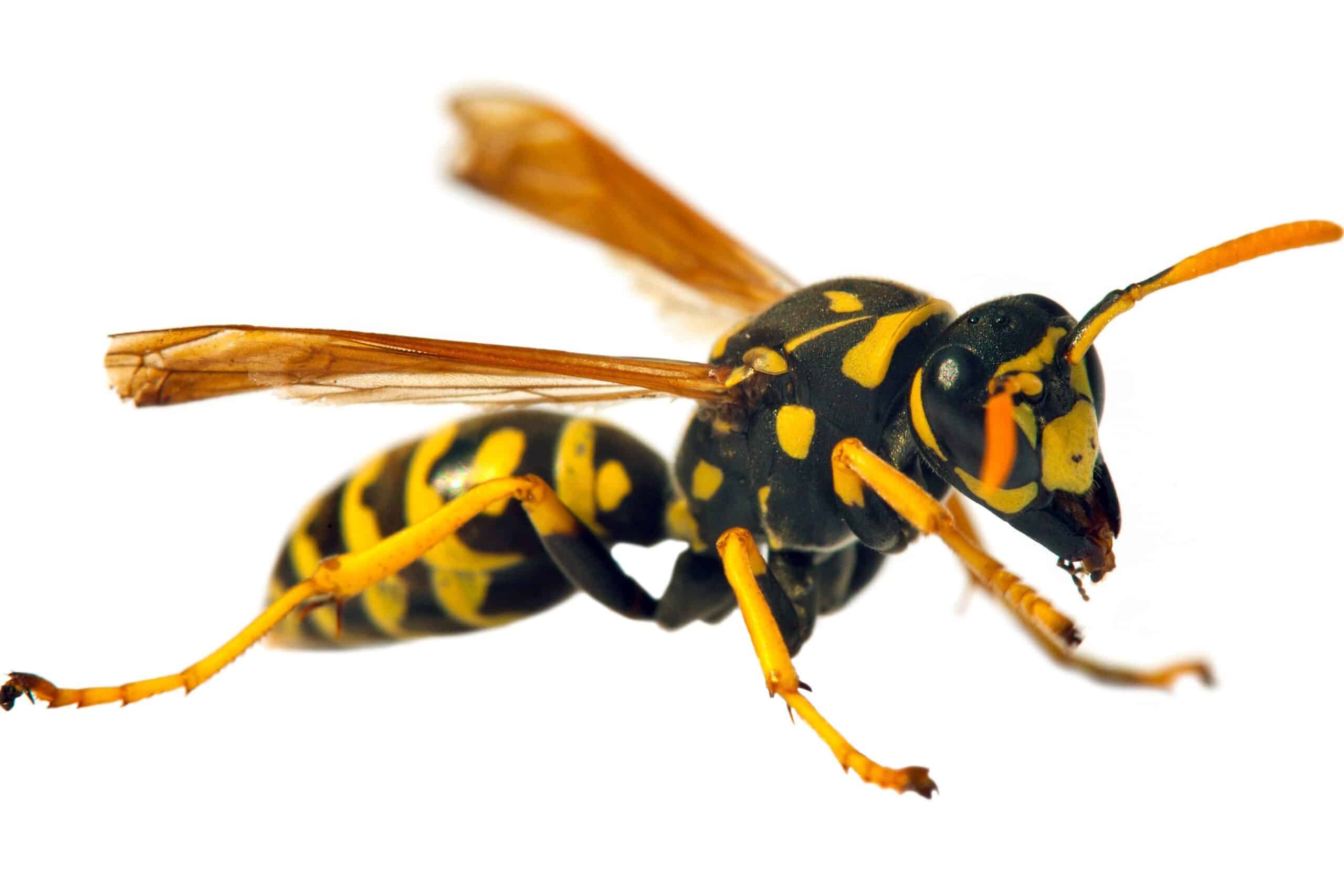
YELLOWJACKETS
Yellowjackets are very slow to sting, but they also are VERY territorial. If you approach their entrance, they can become aggressive. Yellowjackets will sting multiple times, and their sting can be painful! Anyone who might be allergic to their venom could have a severe reaction or become sensitive to Yellowjackets after being stung.
Yellowjackets build nests in trees, shrubs, man-made structures, ground cavities, and trees.
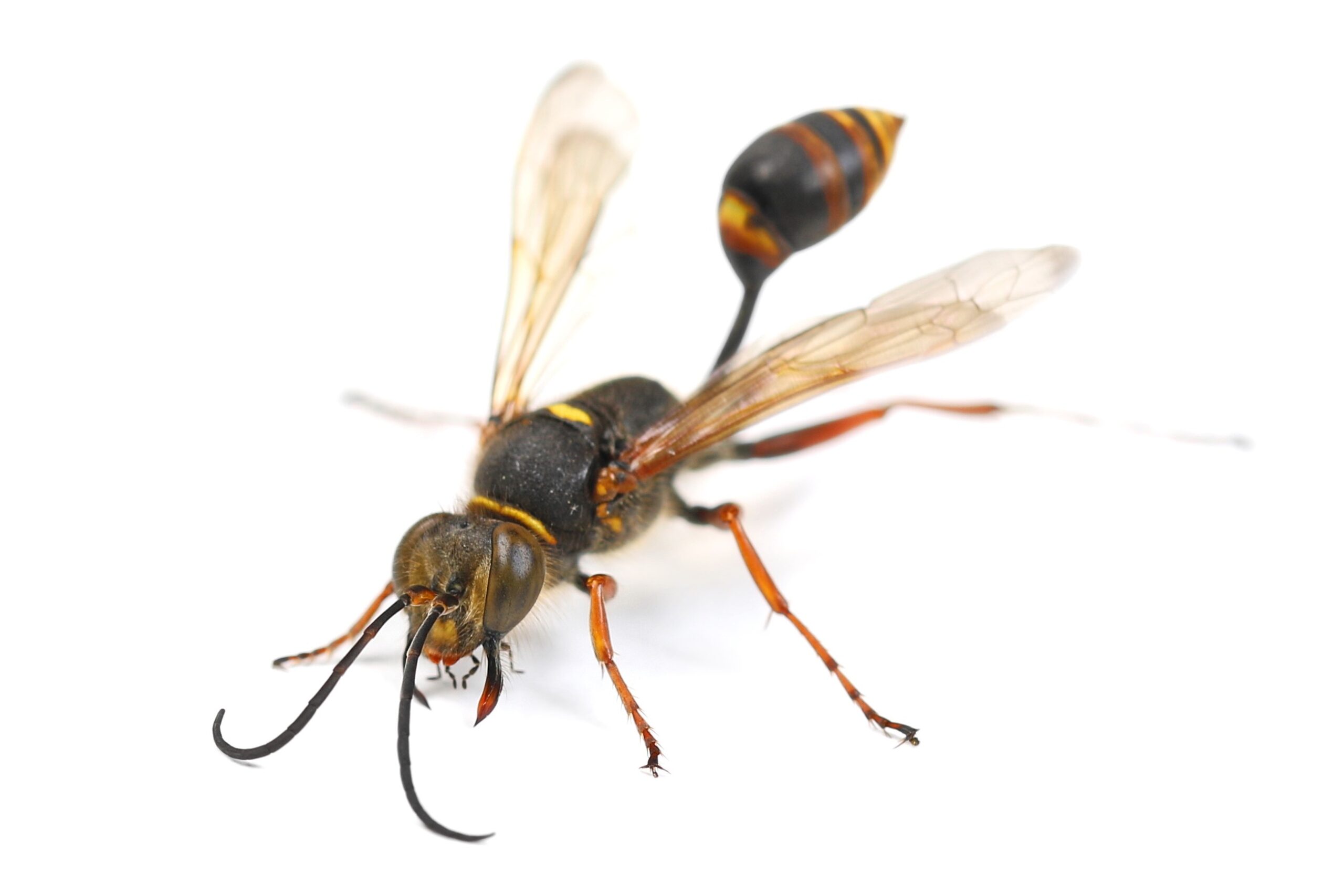
MUD DAUBERS
Finding a nest is the most common sign you have Mud Daubers. If the nest has holes, that lets us know whether the nest is old or inactive. Mud daubers create these holes when they leave the nest.
Mud daubers are unlikely to sting. You should still take care within the presence of empty nests; more aggressive insects may take over the old nest.
Don't Let Pests Be A Pest
We've been serving the Lubbock area for 50 years, so we know a thing or two about treating the pests in our area. With a friendly, knowledgable team and competitive pricing, give us a call today and discover the Meers Pest Solutions difference.
What's Bugging You?
